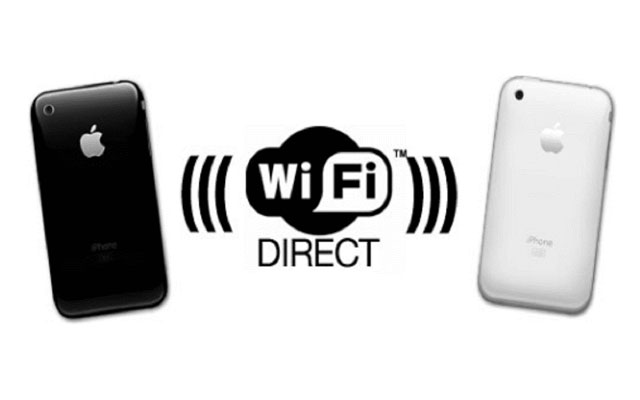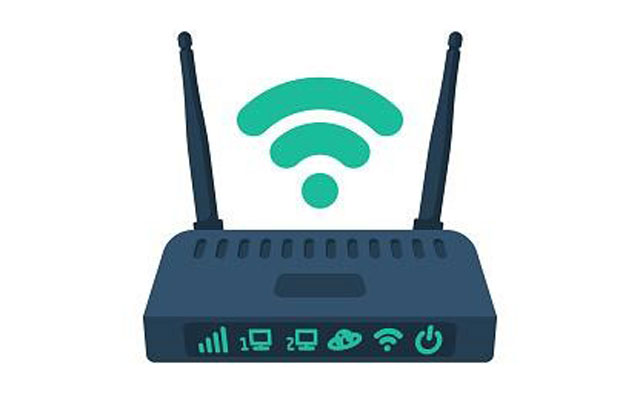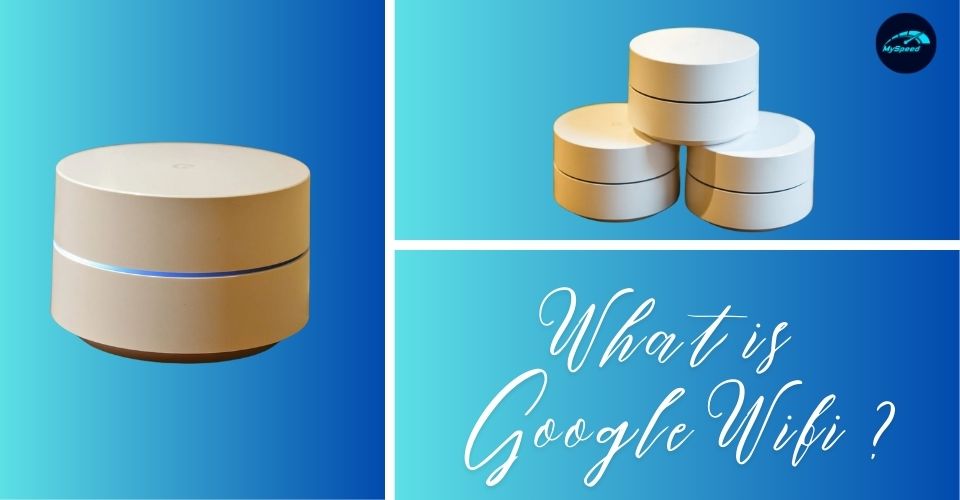What Is WiFi 4 and Its Features? Difference between WiFi 4, 5 and 6
These days, with technology permeating every aspect of our lives, having a powerful and dependable WiFi connection is essential rather than a luxury.
WiFi is always changing along with technology; newer standards offer more efficiency, better performance, and quicker speeds. It might be challenging to stay up to date with all of these improvements and choose which standard is appropriate for you.
So in this post, you can find out what is WiFi 4 and how it differs from WiFi 5 and WiFi 6.
.jpg) WiFi 4 meaning
WiFi 4 meaning
What Is WiFi 4?
Released in 2009, WiFi 4 is a new abbreviation for 802.11 n WiFi standard, the next generation of 802.11 g WiFi standard. It is an innovative form with superior features and capabilities. The WiFi 4’s routers are commonly used for homes, individuals, or workplaces.
.jpg)
What is WiFi 4?
Also read:
What Are WiFi 4's Features?
Dual-band
Dual-band, one of the WiFi 4’s main features, is more popular with home users. WiFi 4 provides both 2.4 GHz and 5 GHz bands with their distinct coverage or range for users.
What is the range of 5GHz WiFi? The 5 GHz band has a small range that makes it impossible to cover a large area and penetrate through solid objects. However, this band’s data transmitting speed is faster than 2.4 GHz.
The range of the 2.4 GHz band is the largest among the others, but its data speed is lower.
WiFi 4 presents a perfect combination of both options to help customers access the faster and larger bands.
.jpg)
WiFi 4 features dual-band
MIMO
MIMO, a versatile wireless technology, allows WiFi 4 to transmit and receive more than a signal at the same time. Thanks to the installation of multiple antennas to the routers, WiFi 4’s MIMO can transfer more than data.
.jpg)
WiFi 4 uses MIMO wireless technology
Speed
You run a WiFi speed test to compare WiFi 4 with its predecessor. WiFi 4 can reach up to 72 Mbps larger than WiFi 3’s speed of 54 Mbps. It can achieve 144 Mbps with 2x2 MIMO. The use of extra antennas can support WiFi 4 to achieve a speed of 150 Mbps.
.jpg)
Make a WiFi speed test to check the Internet speed
Bandwidth
Routers using WiFi 4 can connect 20 MHz channels to the wider 40 MHz channels. What is the best WiFi 4’s bandwidth? The 40 MHz bandwidth allows this WiFi standard to use larger space for sending more data in a shorter time.
WiFi 4's Applications
Wide Internet Coverage
It plays a crucial role as a perfect wireless connection everywhere such as homes, buildings, schools, companies, hospitals, and shopping centers.
The application of WiFi 4 is compatible with various smart devices. Thus, you can use any device like a smartphone or laptop to access the WiFi 4 network for your specific purposes.
However, you can face a problem connecting when accessing WiFi 4 on your smart devices. What to do when your WiFi is not working? Check the connection to the WiFi network to identify the type of problem and restart your devices.
.jpg)
WiFi coverage allows users to access everywhere
WiFi Public Access Points
WiFi 4’s public access points are convenient for anyone when they want to access the Internet. Providers allow users to use their public wireless network service at an economical cost. This application helps smart device owners avoid high data charges.
.jpg)
WiFi public access points
Healthcare And Medical
WiFi 4 can supply the Internet connection between medical equipment and smart devices to take care of a patient's health. With the support of wireless networks, doctors and medical staff from different places can easily check the patients’ status and give them useful advice.
.jpg)
The WiFi application for healthcare and medical
WiFi 4 vs WiFi 5 vs WiFi 6
2014 saw the release of WiFi 5, or 802.11ac, which represented a major speed increase. With speeds as high as 3.5 Gbps in theory, it operates only in the less crowded 5 GHz range.
On the other hand, WiFi 6 or 802.11ax was released in 2019. It delivers several enhancements, such as faster speeds, greater ranges, higher efficiency, and more power efficiency, building on the foundation set by its predecessors.
|
WiFi 4 |
WiFi 5 |
WiFi 6 |
|
Ideal for basic Internet usage, web browsing, and low-resolution video streaming. It's also a budget-friendly option. |
Perfect for high-definition video streaming, online gaming, and supporting multiple connected devices simultaneously. |
An ultimate choice for power users, future-proofing your network for demanding applications like 4K/8K streaming, VR/AR gaming, etc. |
You may also discover more about WiFi 7 in our guide to What is WiFi 7?”
Conclusion
We hope that the above useful information helps you understand “what is WiFi 4?” WiFi 4 technology is beneficial to our daily work and life thanks to its optimal features and practical applications. This WiFi standard is also promising to develop further in the future with advanced innovations.
![What is GHz WiFi? Difference between 2.4 GHz vs. 5 GHz [Detailed]](https://gospeedcheck.com/filemanager/data-images/imgs/20240604/what-is-GHz-wifi%20(1).jpg)



![What Is Fiber WiFi? Is Fiber Internet Fast Enough? [Explained]](https://gospeedcheck.com/filemanager/data-images/imgs/20240618/What%20is%20fiber%20wifi/what-is-fiber-wifi.jpg)
.jpg)


0 Comments
Leave a Comment
Your email address will not be published. Required fields are marked *